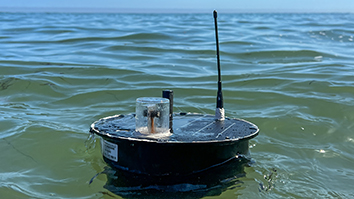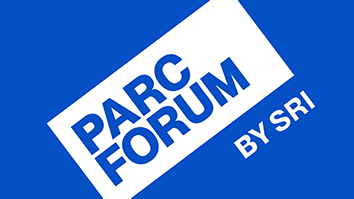Citation
Michell, R. G., Lynch, K. A., Heinselman, C. J., and Stenbaek-Nielsen, H. C.: PFISR nightside observations of naturally enhanced ion acoustic lines, and their relation to boundary auroral features, Ann. Geophys., 26, 3623–3639, https://doi.org/10.5194/angeo-26-3623-2008, 2008.
Abstract
We present results from a coordinated camera and radar study of the auroral ionosphere conducted during March of 2006 from Poker Flat, Alaska. The campaign was conducted to coincide with engineering tests of the first quarter installation of the Poker Flat Incoherent Scatter Radar (PFISR). On 31 March 2006, a moderately intense auroral arc, (~10 kR at 557.7 nm), was located in the local magnetic zenith at Poker Flat. During this event the radar observed 7 distinct periods of abnormally large backscattered power from the F-region. These were only observed in the field-aligned radar beam, and radar spectra from these seven times show naturally enhanced ion-acoustic lines (NEIALs), the first observed with PFISR. These times corresponded to (a) when the polar cap boundary of the auroral oval passed through the magnetic zenith, and (b) when small-scale filamentary dark structures were visible in the magnetic zenith. The presence of both (a) and (b) was necessary for their occurrence. Soft electron precipitation occurs near the magnetic zenith during these same times. The electron density in the vicinity where NEIALs have been observed by previous studies is roughly between 5 and 30×1010 m−3. Broad-band extremely low frequency (BBELF) wave activity is observed in situ by satellites and sounding rockets to occur with similar morphology, during active auroral conditions, associated with the poleward edge of the aurora and soft electron precipitation. The observations presented here suggest further investigation of the idea that NEIALs and BBELF wave activity are differently-observed aspects of the same wave phenomenon. If a connection between NEIALs and BBELF can be established with more data, this could provide a link between in situ measurements of downward current regions (DCRs) and dynamic aurora, and ground-based observations of dark auroral structures and NEIALs. Identification of in situ processes, namely wave activity, in ground-based signatures could have many implications. One specific example of interest is identifying and following the temporal and spatial evolution of regions of potential ion outflow over large spatial and temporal scales using ground-based optical observations.


